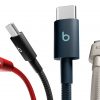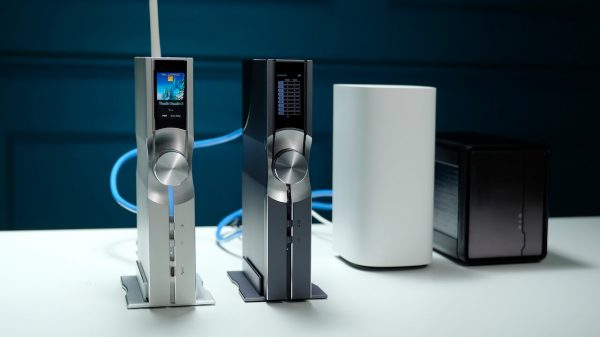Ideal LCD for Mobile Devices to Prevent Snooping
Sharp Corporation and Sharp Laboratories of Europe, Ltd. have developed a new LCD, which enables the LCD to be switched between a wide viewing angle and narrow viewing angle by means of an electrical ON/OFF switching action. This will allow people to view email and other private information on portable devices such as mobile phones and notebook PCs with peace of mind without having to worry about others in the vicinity snooping to peek at what is being displayed on the LCD screen. Sharp will begin mass production of this display beginning in July 2005.
As the ubiquitous network society fast becomes a reality, information can be readily accessed in nearly any setting, and the demand for personal information terminals, such as mobile phones, notebook PCs, and PDAs, is growing rapidly. At the same time, there is an increasing need to provide portable devices like mobile phones and notebook PCs, which are frequently used to handle private information/data, with the capability to “veil” the display so that the screen content cannot be seen by other people in the immediate area.
The new LCD adds proprietary technologies such as a switching liquid crystal material overlaid on an ordinary TFT LCD so that light is prevented from going to the left or right, thus turning a wide viewing angle to a narrow viewing angle. This will allow people to use mobile devices with peace of mind, since they can change the viewing angle setting depending on the personal nature of the content they are viewing.
With today’s emphasis on safe handling of personal information, the switchable LCD is sure to contribute to increasing demand as an indispensable component of mobile devices.
| Name | Controlled viewing-angle LCD (Switchable viewing-angle LCD) | |||
| Features | • In normal wide-viewing-angle mode, the display operates with the same viewing angle as an ordinary LCD (Figure 1).
• “Snooping” can be prevented by electrically switching the display to narrow-viewing-angle mode (Figure 2).
|
|||
| Theory of operation | A switching liquid crystal material is overlaid on top of a TFT LCD. The birefringence of these liquid crystal molecules is put to use to control the direction of the light coming from the backlight in the following ways.
(1) The light shines when viewed from directly in front of the display. (2) The switching liquid crystal material prevents the light from shining to the left or right. |
|||
| Envisioned application scenarios | • “Notebook PCs” – Using a laptop PC while sitting on the train in a situation where one does not want the display screen to be visible to one’s neighbors.
• “ATM terminals” – Used in narrow-viewing-angle mode while the user enters his or her PIN number. Switched to wide-viewing-angle mode to display advertising when the ATM is not in use. |

























